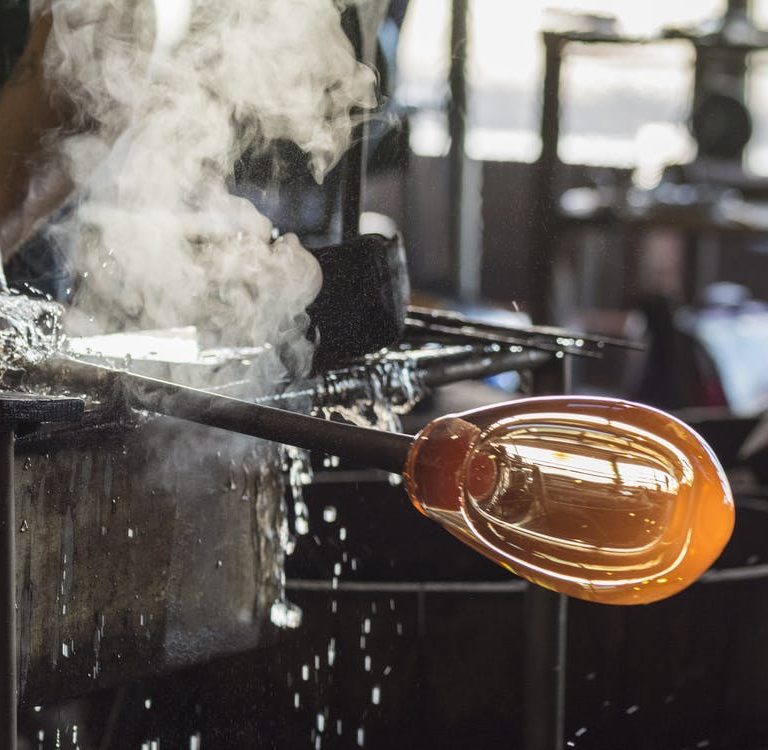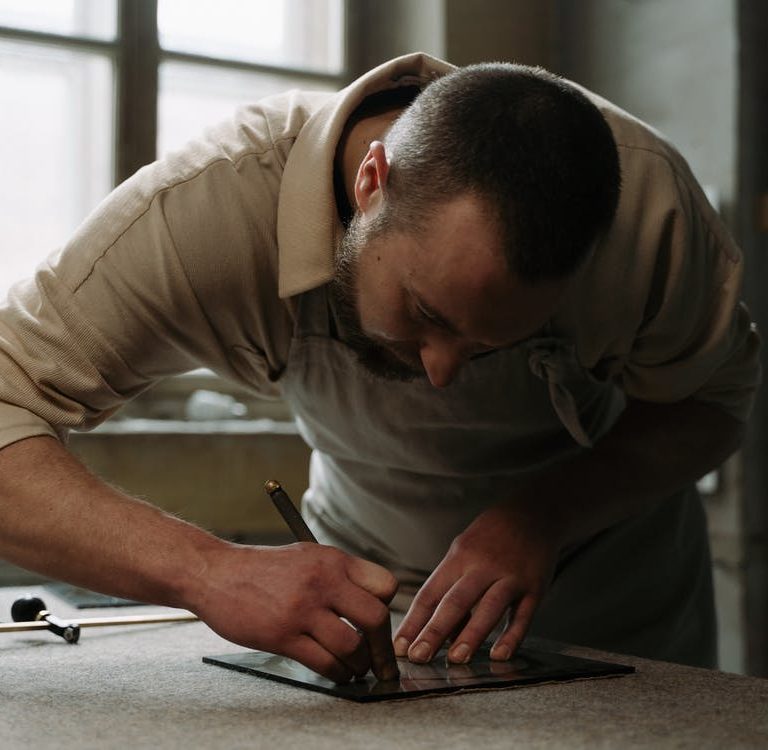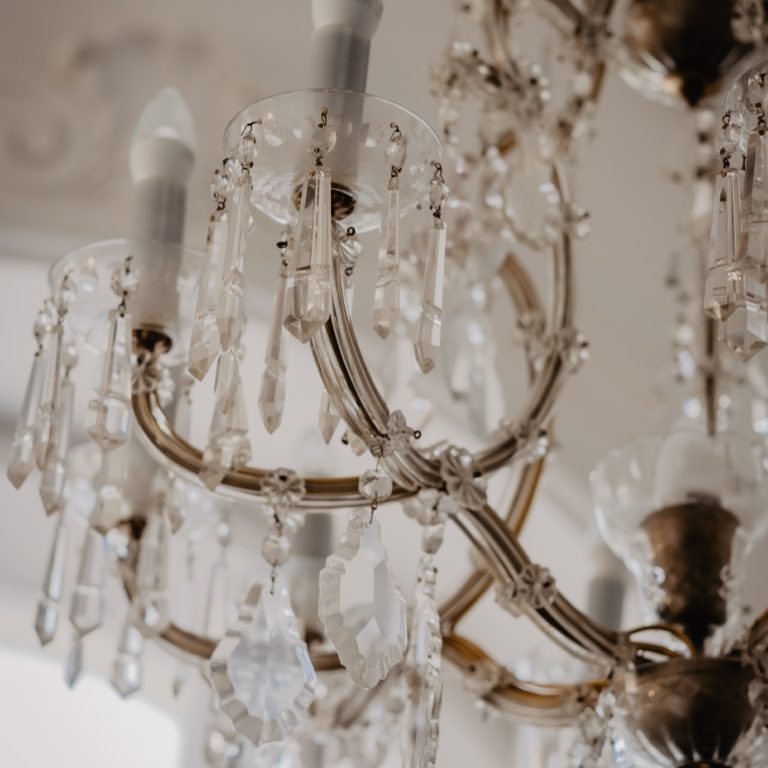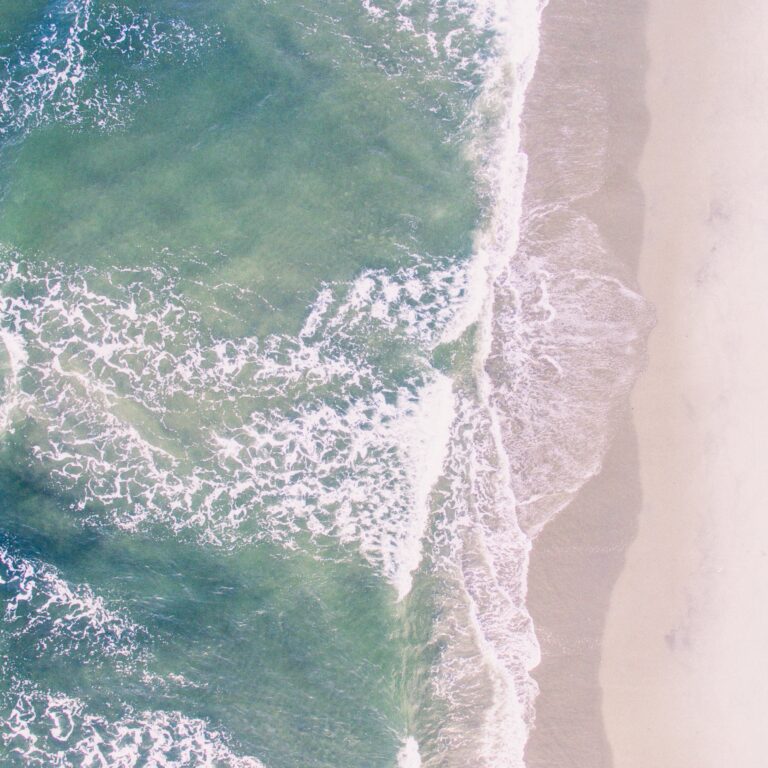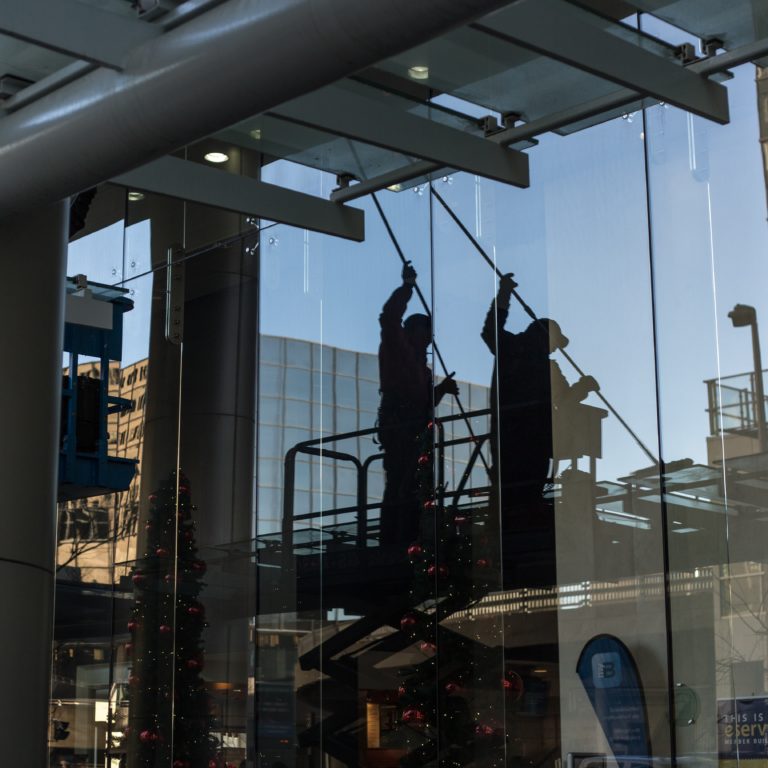While there are variations in the process of creating different types of glass, the following presents a basic process used to create the most common types of glass, such as soda-lime.
Glass Fabrication
Ingredients that make glass vary depending on the type of glass. The main part of the glass, called the front, must be heated to a very high temperature in order to be viscous. The most common of these is silicon dioxide, which is found in sand. The former is mixed with flux, which helps it to melt at lower temperatures. Common ingredients are soda ash and potash. A stabilizer is also used to keep glass from melting or to create unwanted crystal pollution. The most common stabilizer is calcium oxide, derived from limestone. These dry ingredients are mixed together into a mass. The furnace melts the mass to form a liquid mixture. The Cullet, made of broken glass, was added to the batch to help it melt.
When stained glass is made, metallic oxide is added to the batch. The colors of the iron are green, the copper is light blue, the cobalt is dark blue, and the gold is deep red. Low stainless steel glass is recommended if you dye glass any color other than green. In small quantities, manganese dioxide is used to make glass, but in large quantities, it adds a purple color to the glass, or in a higher, darker amount.
After melting, the viscous glass is poured into a melted tin bath, then molded into a ribbon and cooled. The slow and cool process is called annealing. The glass should be cooled evenly, because if one area stays too long it becomes too thick, and different concentrations result in pressure on the piece of glass. An improperly inserted piece of glass may break.
Cutting
Next, the glass with the anneal is cut to the required size. This is usually done with computer numerical control machines, or CNC machines, which can perform very precise tasks. CNC machines work according to specific CAM and CAD software programs, which allow them to print any number of tools with the same accuracy. They can also perform many mechanical tasks that are usually performed by special machines: they can cut curves and straight lines, drill holes, and dig ditches. The CNC machinery used to make glass uses a variety of tools, including abrasive diamond tools, diamond points, and carbide wheels, to achieve better precision and performance of glass.
After cutting and polishing glass, manufacturers often perform glass polishing, laminating, and other finishing services. Polished mirrors and lenses make up an important part of the glassmaking market. These items often require extreme precision, and local tolerance must be precise for the components to function as intended. These precise parts are used in telescopes, prisms, laser lenses and mirrors, and other visual aids, all of which are prone to imperfections and inaccuracies.
Tempering
Tempering is a heat treatment that strengthens the glass to four times the strength of the non-stick glass. When solid glass breaks, it breaks into smaller, round pieces instead of twisted charts.
The moisturizing process begins with a cut and washed glass that goes through a hot oven, either in bulk or in continuous feed. The glass is heated to above 600o Celsius before passing through the extinguishing, cooling process. During extinguishing, high-pressure air blows through glass pipes in many different places. The outside of the glass cools much faster than the center, leading to the center of the glass trying to recede from the outside. The result is that the center remains tense, and the exterior goes under pressure, giving the cool glass its power.
Glass can also be reduced by chemicals. The glass is immersed in a bath of dissolved potassium salt which causes the sodium ions in the glass to be converted into larger potassion ions. Large potassium ions fill the gaps left by sodium ions, creating a pressure environment on the outer surface of the glass. This method is more expensive than using a hot oven, so it is less commonly used.
The disadvantage of cooled glass is that it cannot be recycled once it is in use, so it must be completely molded before the procedure. Also, due to the limited pressure of the cooling glass, if any part of it is damaged the entire piece of glass is almost cracked.
Sturdy glass is a type of safety glass, used for car windows, entry doors, and other applications where the glass cracking or breaking could put people at risk.
Laminating is another way to create safety glass. Laminating involves reinforcing glass with an interlayer for plastic materials. The interlayer not only tightens the glass but also holds the glass pieces together when they are broken, preventing them from cracking.
There are a few laminating procedures. Two or more pieces of glass are bonded, using heat and pressure, between one or more adhesive layers, usually polyvinyl butyral (PVB) or ethylene-vinyl acetate (EVA). Another method is to bind two or more pieces of glass with an aliphatic urethane or EVA interlayer, using heat and pressure. Glass can also be covered with cured glue or EVA.
Laminated glass is difficult to cut because of its plastic parts, but it is not possible. When stained glass is damaged, it often cracks the web spider’s web rather than cracks it into more dangerous pieces.
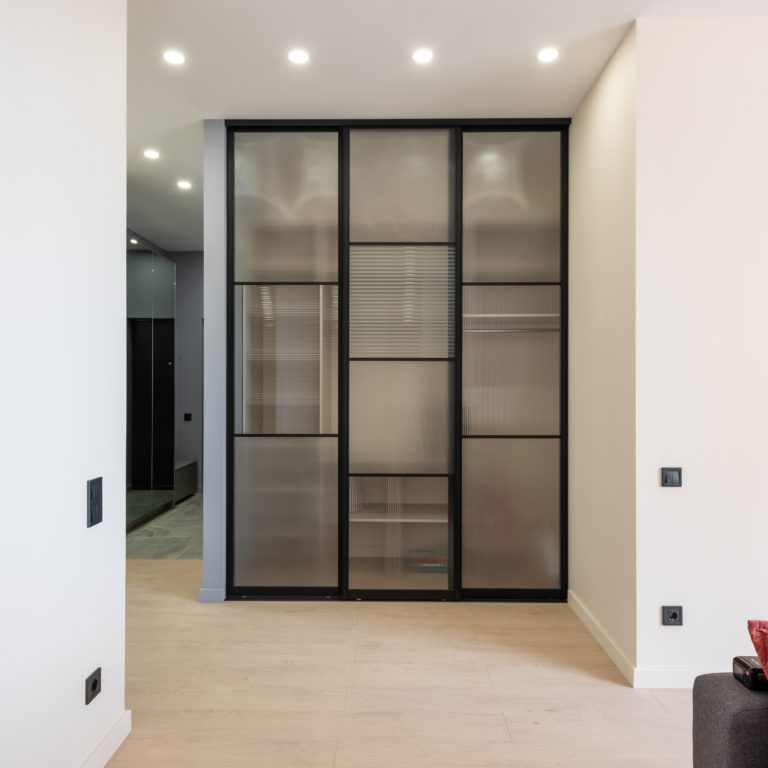
Our window cleaning team is well- trained and utilize the products and tools in order to give your home the shine it deserves. .Should you experience work that is poorly performed by other window cleaners, then we are the ones to call to ensure the job is done correctly. We know it’s important to love the appearance of your home. And that is why we strive to make sure every customer is 100% satisfied.

